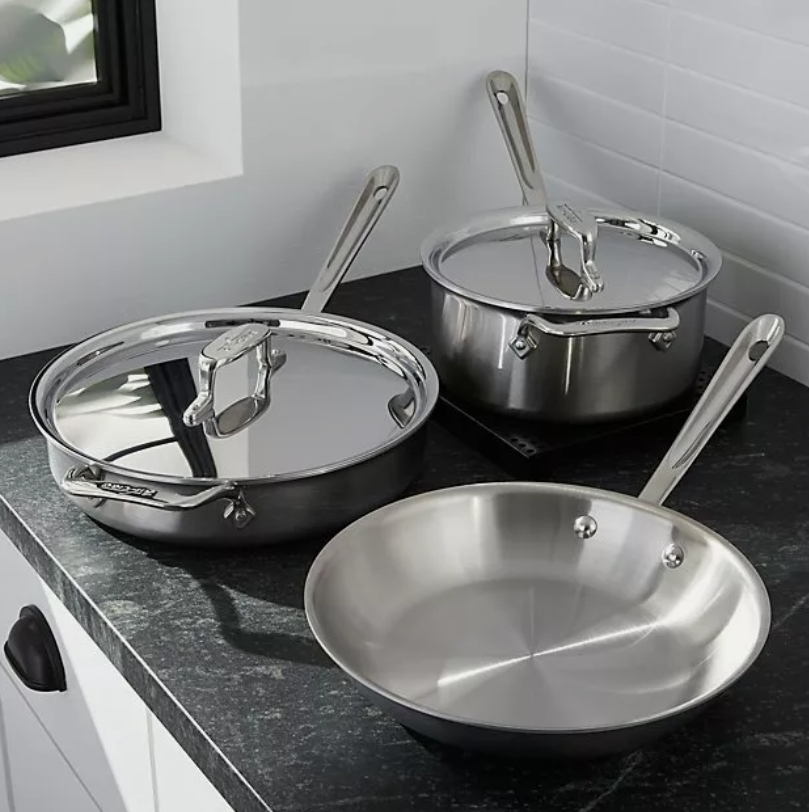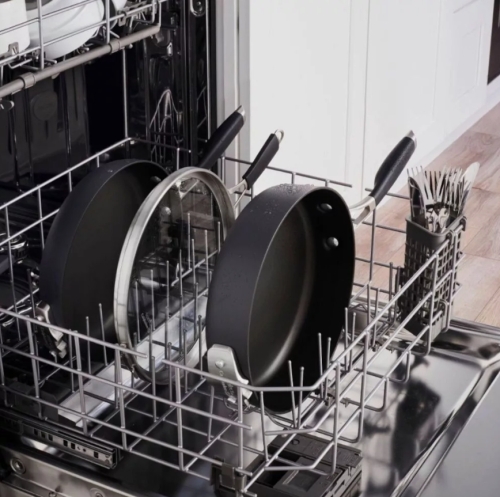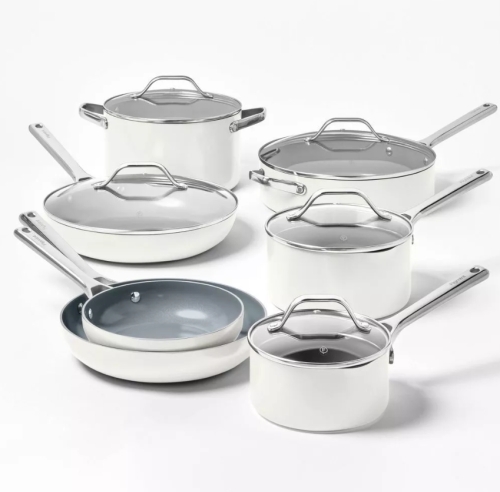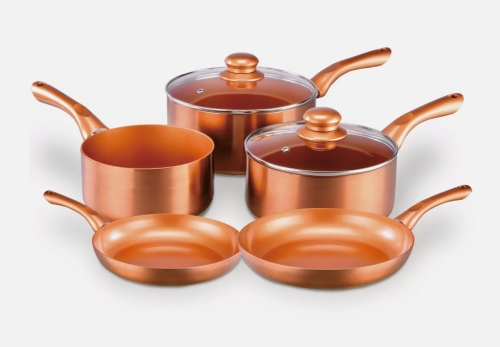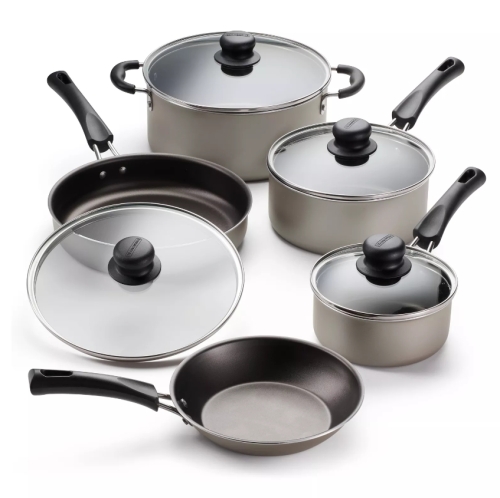POTS and pans are essential tools in our daily cooking. They not only affect the efficiency of cooking, but also directly affect the taste and nutrition of food. There are a variety of different materials and types of POTS on the market, each with its own characteristics, to suit different cooking needs.
First of all, cast iron POTS are loved by many families for their good thermal conductivity and long-lasting durability. Cast iron pot can be evenly heated, suitable for slow cooking, soup, but need to pay attention to regular maintenance to prevent rust. Second, non-stick pans are widely used in modern kitchens because they are easy to clean and reduce the use of grease. However, the durability and safety of non-stick coatings need to be paid attention to, and high temperatures and scratches on metal appliances should be avoided when used.
Stainless steel POTS are another common choice, durable and easy to clean, perfect for a variety of cooking methods such as braising and frying. Compared with aluminum POTS, stainless steel POTS do not chemically react with food and are safer. The aluminum pot is known for its light weight and fast heat conduction, but the reactivity of its material makes it need to be cautious in use.
In addition, with the enhancement of environmental awareness, more and more people begin to choose ceramic and glass POTS. These materials are not only beautiful, but also non-toxic and harmless, which can better maintain the original taste of food.
When choosing a pot, we need to make a suitable choice according to our cooking habits, ingredients characteristics and personal preferences. Whether it's a rich stew or a simple quick saute, the right wok can make the cooking process much more enjoyable. POTS and pans are not only kitchen tools, but also a medium for us to cook delicious food and transmit warmth.

